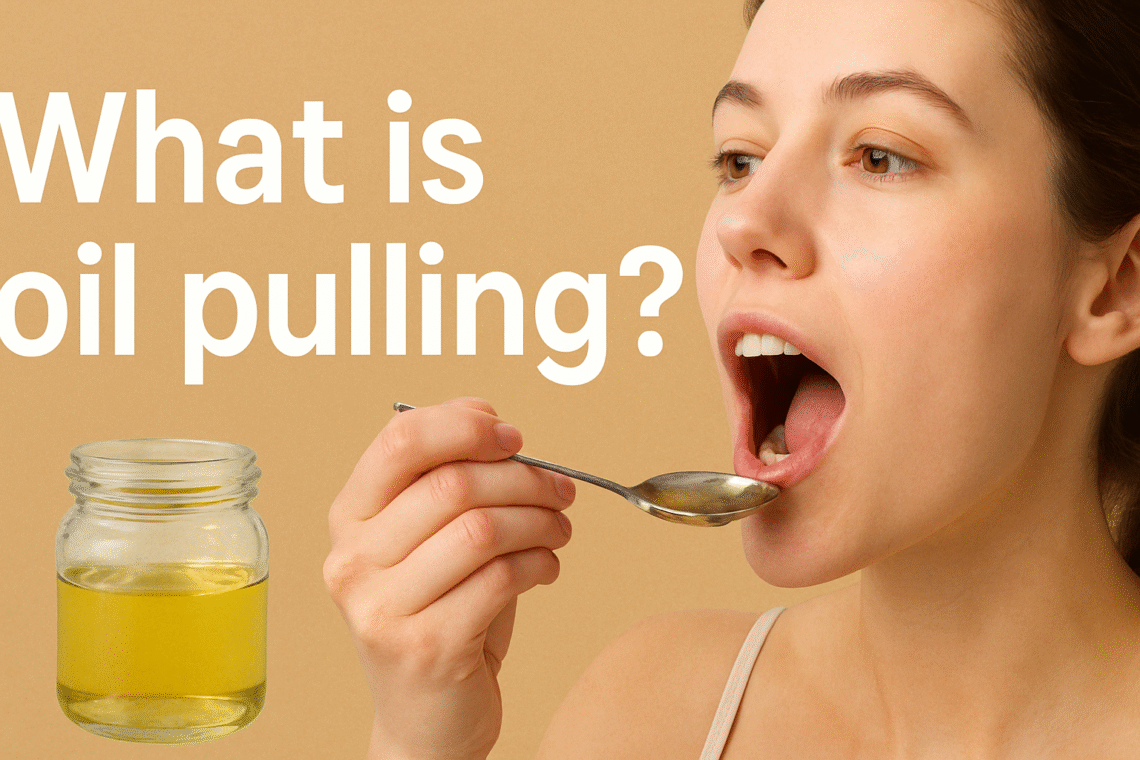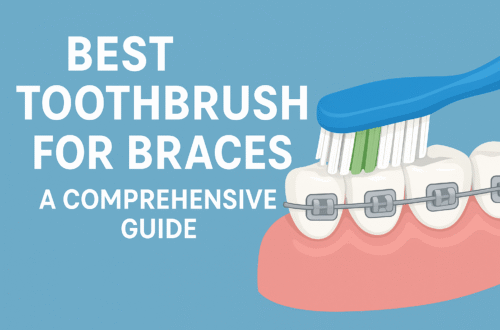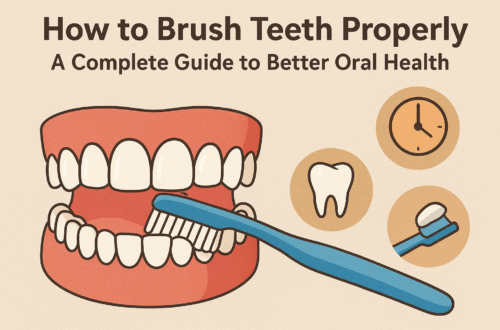Affiliate Disclaimer:
Some of the links on this website are affiliate links, which means that if you click on a link and make a purchase, we may earn a commission at no extra cost to you. This helps support the website and allows us to continue creating content. We only recommend products or services we personally use or genuinely believe will add value to our readers.
Oil pulling is an ancient Ayurvedic practice that has recently gained popularity in the modern wellness world. I first uncovered this intriguing technique while researching natural health remedies, and I’ve been fascinated by its potential ever since.
When I initially heard about swishing oil around in my mouth for 20 minutes, I was skeptical. It sounded messy, time-consuming, and frankly, a bit interesting.
But as I dug deeper into the practice, I uncovered a rich history and some compelling potential benefits that made me reconsider my initial doubts.
Oil pulling has its roots in traditional Indian medicine, dating back thousands of years. The ancient text Charaka Samhita, a cornerstone of Ayurvedic medicine, mentions oil pulling as a remedy for oral diseases and overall health improvement.
It’s remarkable to think that this practice has endured for millennia and is now gaining traction in our modern, fast-paced world.
The Basics of Oil Pulling
Oil pulling is surprisingly simple. You take a tablespoon of oil – typically coconut, sesame, or sunflower – and swish it around in your mouth for about 15-20 minutes.
The key is to really work the oil around your teeth and gums, almost as if you’re using it as a liquid floss.
The theory behind oil pulling is based on the concept of “like dissolves like.” As you swish the oil, it’s believed to attract and bind to the lipid-based cell membranes of harmful bacteria and other microorganisms in your mouth. When you spit out the oil, you’re supposedly expelling these toxins along with it.
The Science Behind the Swish
While oil pulling is steeped in tradition, modern science has begun to take a closer look at its potential benefits. Some studies have shown promising results, particularly when it comes to oral health.
A 2009 study published in the Indian Journal of Dental Research found that oil pulling with sesame oil reduced plaque-induced gingivitis. Another study from 2014 in the Journal of Clinical and Diagnostic Research compared oil pulling with chlorhexidine mouthwash and found both to be effective in reducing bad breath and microorganisms in the mouth.
However, while these studies are encouraging, the scientific evidence is still limited. More robust research is needed to fully understand the mechanisms and potential benefits of oil pulling.
Choosing Your Oil
When it comes to oil pulling, not all oils are created equal. The most commonly used oils are:
Coconut Oil: This is my personal favorite.
It’s rich in lauric acid, which has antimicrobial properties.
Plus, it has a pleasant taste that makes the process more enjoyable.
Sesame Oil: Traditionally used in Ayurvedic medicine, sesame oil is rich in antioxidants and has a strong, nutty flavor.
Sunflower Oil: A milder option, sunflower oil is high in vitamin E and omega-6 fatty acids.
The Oil Pulling Process: A Step-by-Step Guide
Ready to give oil pulling a try? Here’s how to do it:
First thing in the morning, before eating or drinking anything, take a tablespoon of your chosen oil.
Swish the oil around in your mouth for 15-20 minutes.
This might seem like a long time, but you can do other morning tasks while you swish.
As you swish, the oil will become thinner and whiter.
This is normal and means it’s mixing with your saliva.
After 15-20 minutes, spit the oil into a trash can.
Don’t spit it into the sink as it can clog your pipes over time.
Rinse your mouth thoroughly with warm water.
Brush your teeth as normal.
Potential Benefits and Claims
Proponents of oil pulling claim a wide range of benefits, from improved oral health to systemic effects throughout the body. Some of the most common claims include:
Reduced plaque and gingivitis
Fresher breath
Whiter teeth
Reduced tooth sensitivity
Improved overall oral health
Detoxification of the body
Clearer skin
Increased energy levels
While some of these claims have some scientific backing, others are largely anecdotal. It’s important to approach oil pulling with a balanced perspective and realistic expectations.
My Personal Experience with Oil Pulling
When I first started oil pulling, I was skeptical but curious. I decided to commit to a 30-day experiment to see if I could notice any changes.
Here’s what I experienced:
Week 1: The first few days were challenging. Keeping oil in my mouth for 20 minutes felt unique, and I had to resist the urge to swallow.
By the end of the week, I was getting used to the routine.
Week 2: I started to notice that my mouth felt cleaner throughout the day. My morning breath seemed less intense, which was a pleasant surprise.
Week 3: My teeth began to look a bit whiter, and my gums felt healthier. I also noticed that I was more mindful of my oral hygiene in general.
Week 4: By the end of the month, oil pulling had become a habit. My mouth felt fresher, my teeth looked brighter, and I felt a sense of accomplishment for sticking with it.
While my experience was positive, it’s important to remember that everyone’s results may vary. I found that consistency was key to seeing benefits.
Challenges and How to Overcome Them
Like any new habit, oil pulling can come with its challenges. Here are a few common ones and how to address them:
Time Commitment: 20 minutes can feel like a long time.
Try multitasking – do your oil pulling while you shower or check your emails.
Gag Reflex: Some people find the sensation uncomfortable at first.
Start with a smaller amount of oil and gradually work up to a full tablespoon.
Taste: If you don’t like the taste of your chosen oil, try a different one.
Coconut oil is often the most palatable.
Messy: Keep a dedicated spittoon or cup nearby to avoid any oily mishaps.
Adapting Oil Pulling to Your Lifestyle
Oil pulling doesn’t have to be an all-or-nothing practice. Here are some ways to incorporate it into your routine:
Start with just 5 minutes and gradually increase the time
Try oil pulling a few times a week instead of daily
Use it as a pre-brushing ritual to enhance your regular oral care routine
Experiment with different oils to find what works best for you
Building on the Basics
As you become more comfortable with oil pulling, you might want to explore other aspects of Ayurvedic oral care. This could include tongue scraping, using neem twigs for brushing, or incorporating herbal mouthwashes.
Exercises to Enhance Your Oil Pulling Practice
Mindfulness Exercise: Use your oil pulling time as a mini-meditation session.
Focus on the sensation of the oil in your mouth and practice being present in the moment.
Jaw Relaxation: As you swish, consciously relax your jaw muscles.
This can help prevent strain and make the process more comfortable.
Oil Pulling Journal: Keep a log of your oil pulling practice, noting any changes you observe in your oral health or overall wellbeing.
Combining Oil Pulling with Other Natural Remedies
While oil pulling can be useful on its own, combining it with other natural remedies might enhance its effects. Here are some complementary practices to consider:
- Herbal Rinses
After oil pulling, you might want to try rinsing with an herbal infusion. Some popular options include:
Sage: Known for its antibacterial properties
Chamomile: Soothing and anti-inflammatory
Green Tea: Rich in antioxidants
To make an herbal rinse, steep the herbs in hot water, let it cool, and use it as a mouthwash after oil pulling.
- Tongue Scraping
Tongue scraping is another Ayurvedic practice that pairs well with oil pulling. Using a tongue scraper (or the edge of a spoon) to gently remove the coating on your tongue can further enhance oral hygiene. - Oil Pulling with Essential Oils
Some people like to add a drop or two of essential oils to their pulling oil for added benefits and flavor. Popular choices include:
Peppermint (for freshness)
Tea tree (for its antimicrobial properties)
Clove (for its numbing effect on toothaches)
Always ensure you’re using high-quality, food-grade essential oils if you decide to try this.
The Role of Diet in Oral Health
While oil pulling can be a valuable addition to your oral care routine, it’s important to remember that diet plays a crucial role in maintaining healthy teeth and gums. Here are some dietary tips that can complement your oil pulling practice:
- Calcium-Rich Foods
Calcium is essential for strong teeth and bones. Include plenty of calcium-rich foods in your diet, such as:
Dairy products (milk, yogurt, cheese)
Leafy green vegetables (kale, spinach, collard greens)
Fortified plant-based milk choices
- Vitamin C for Gum Health
Vitamin C is crucial for maintaining healthy gums. Good sources include:
Citrus fruits
Berries
Bell peppers
Broccoli
- Crunchy Fruits and Vegetables
Eating crunchy fruits and vegetables can help clean your teeth naturally. Some good options are:
Apples
Carrots
Celery
- Limit Sugary and Acidic Foods
Excessive sugar and acid can erode tooth enamel. Try to limit:
Sodas and sugary drinks
Candy and sweets
Citrus fruits (in excess)
A balanced diet supports your overall health and contributes to a healthy mouth.
Oil Pulling for Specific Oral Health Issues
While oil pulling is often touted as a general oral health practice, some people use it to address specific issues. Here’s how oil pulling might help with common oral health concerns:
Bad Breath (Halitosis)
Oil pulling may help reduce bad breath by removing bacteria that cause odor. The antibacterial properties of coconut oil, in particular, might be useful for this purpose.
Tooth Sensitivity
Some people report reduced tooth sensitivity after regular oil pulling. This could be because of the formation of a protective layer on the teeth or the reduction of bacteria that contribute to sensitivity.
Gingivitis
The anti-inflammatory properties of certain oils, like sesame oil, might help reduce gum inflammation associated with gingivitis.
Tooth Whitening
While not as dramatic as professional whitening treatments, some people notice their teeth becoming gradually whiter with regular oil pulling. This could be because of the oil’s ability to remove surface stains.
Oil Pulling and Overall Health
While the primary focus of oil pulling is oral health, some proponents claim it has broader health benefits. These claims are largely anecdotal and need more scientific research to be confirmed, but they include:
Improved skin health
Increased energy levels
Better sleep
Reduced headaches
Hormonal balance
It’s important to approach these claims with a critical mind and not to view oil pulling as a cure-all. However, given the connection between oral health and overall health, it’s possible that improving your oral hygiene could have positive effects on your general wellbeing.
Precautions and Considerations
While oil pulling is generally considered safe for most people, there are a few precautions to keep in mind:
Allergies: If you’re allergic to a particular type of oil, avoid using it for oil pulling.
Dental Work: If you have crowns, fillings, or other dental work, ask with your dentist before starting oil pulling.
Pregnancy and Breastfeeding: While there’s no evidence that oil pulling is harmful during pregnancy or breastfeeding, it’s always best to ask with your healthcare provider.
Children: Oil pulling isn’t recommended for very young children who might swallow the oil.
Time of Day: While many people prefer oil pulling in the morning, you can do it at any time of day.
Just ensure you haven’t eaten or drunk anything for at least 30 minutes before.
Integrating Oil Pulling into Your Daily Routine
Consistency is key when it comes to oil pulling. Here are some tips to help you make it a regular part of your routine:
Set a Reminder: Use your phone or a sticky note to remind yourself to oil pull each day.
Pair it with Another Habit: Link oil pulling to something you already do daily, like checking your emails or making your bed.
Prepare in Advance: Keep your oil and a spoon in an easily accessible place to make the process more convenient.
Track Your Progress: Keep a journal or use a habit-tracking app to watch your consistency and any changes you notice.
Be Patient: It may take several weeks of consistent practice before you start noticing benefits.
The Cultural Significance of Oil Pulling
Oil pulling isn’t just a health practice, it’s deeply rooted in cultural traditions. In Ayurvedic medicine, oil pulling is known as “Kavala” or “Gandusha” and is considered an important part of “dinacharya” (daily routine) for maintaining overall health.
In traditional Indian culture, different oils are believed to have different properties:
Sesame Oil: Considered warming and nourishing
Coconut Oil: Believed to be cooling and soothing
Sunflower Oil: Thought to be balancing for all body types
Understanding the cultural context of oil pulling can deepen your appreciation for this ancient practice and its holistic approach to health.
Oil Pulling in Modern Dentistry
While oil pulling has its roots in ancient practices, some modern dentists are beginning to recognize its potential benefits. However, oil pulling should not replace regular dental check-ups or standard oral hygiene practices like brushing and flossing.
Some dentists suggest that oil pulling could be a useful addition to a comprehensive oral care routine, especially for patients who are looking for natural choices or complementary practices. However, more research is needed to fully understand how oil pulling compares to or complements modern dental treatments.
Frequently Asked Questions
What is oil pulling and how does it work?
Oil pulling is an ancient Ayurvedic practice that involves swishing oil in your mouth for 15-20 minutes. It’s believed to work by attracting and removing bacteria and toxins from your mouth.
Can oil pulling replace brushing and flossing?
No, oil pulling should not replace regular brushing and flossing. It’s best used as a complementary practice to enhance your oral hygiene routine.
How often should I do oil pulling?
For best results, many practitioners recommend oil pulling daily, preferably in the morning before eating or drinking anything.
Is coconut oil better than other oils for oil pulling?
Coconut oil is popular because of its pleasant taste and antimicrobial properties, but sesame and sunflower oils are also effective. The best oil is the one you’ll use consistently.
Can oil pulling help with tooth decay?
While oil pulling may help reduce bacteria that contribute to tooth decay, it’s not a cure for existing cavities. Always ask a dentist for tooth decay treatment.
Is oil pulling safe during pregnancy?
There’s no evidence that oil pulling is harmful during pregnancy, but it’s always best to ask with your healthcare provider before starting any new health practice while pregnant.
Can oil pulling whiten teeth?
Some people report that their teeth appear whiter after regular oil pulling. This could be because of the oil’s ability to remove surface stains.
How long does it take to see results from oil pulling?
Results can vary, but many people report noticing changes in their oral health after 1-2 weeks of consistent practice.
Can children do oil pulling?
Oil pulling is generally not recommended for very young children who might swallow the oil. For older children, ask with a pediatric dentist first.
Does oil pulling have any side effects?
Oil pulling is generally considered safe, but some people may experience jaw soreness, headaches, or nausea when first starting. These usually subside as you get used to the practice.
Key Takeaways
Oil pulling is an ancient Ayurvedic practice that involves swishing oil in the mouth for 15-20 minutes.
While scientific evidence is limited, some studies suggest potential benefits for oral health.
Coconut, sesame, and sunflower oils are commonly used for oil pulling.
The practice should complement, not replace, regular oral hygiene habits like brushing and flossing.
Consistency and patience are key – it may take time to notice any potential benefits.
Always listen to your body and ask with a healthcare professional if you have any concerns.





